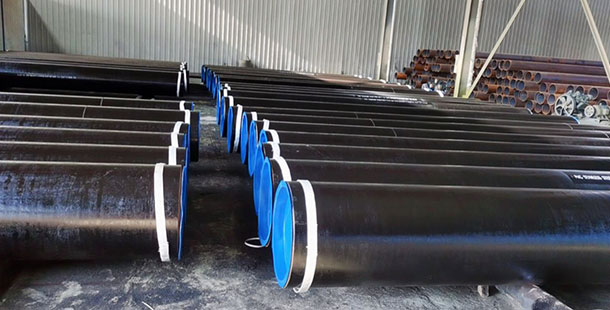
Steel pipe seamless and ERW manufacturing techniques have both been in use for many years, and each has developed over time. Which is better?
A skelp, or long, coiling ribbon of steel, is the initial form of welded pipe. When the skelp is cut to the required length, a flat, rectangular sheet is produced. The outside circumference of the pipe, which can be used to determine its eventual outside diameter, will be equal to the width of that sheet's shorter ends.
The longer sides of the rectangular sheets are rolled up toward one another to form a cylinder as they pass through a rolling machine. High-frequency electrical current is used to melt and fuse the edges together during the ERW process.
The fact that no fusion metals are used and the weld seam cannot be felt or seen is a benefit of ERW pipe. As opposed to double submerged arc welding (DSAW), which, depending on the application, leaves behind a visible weld bead that must then be removed.
The processes used to manufacture welded pipes have advanced over time. The change from low-frequency to high-frequency electric currents for welding is arguably the most significant development. Low-frequency current was used before the 1970s. Low-frequency ERW-produced weld seams were more vulnerable to corrosion and seam failure.
The majority of welded pipe types need to be heat treated after production.

A billet of steel is the basic building block of steel pipe seamless. Billets are pierced through the center with a mandrel while they are still hot. Rolling and stretching the hollow billet comes next. The billet is carefully stretched and rolled until steel pipe seamless reaches the length, diameter, and wall thickness that the customer order specifies.
Some steel pipe seamless types don't need heat treatment because they harden during manufacturing. Others do need to be heated. If heat treatment is necessary, check the specification of the steel pipe seamless type you're considering.